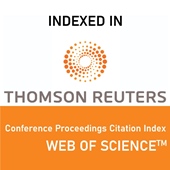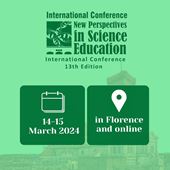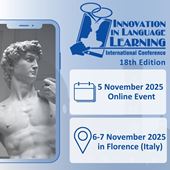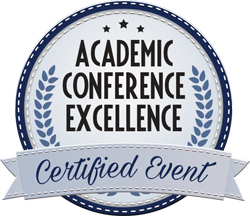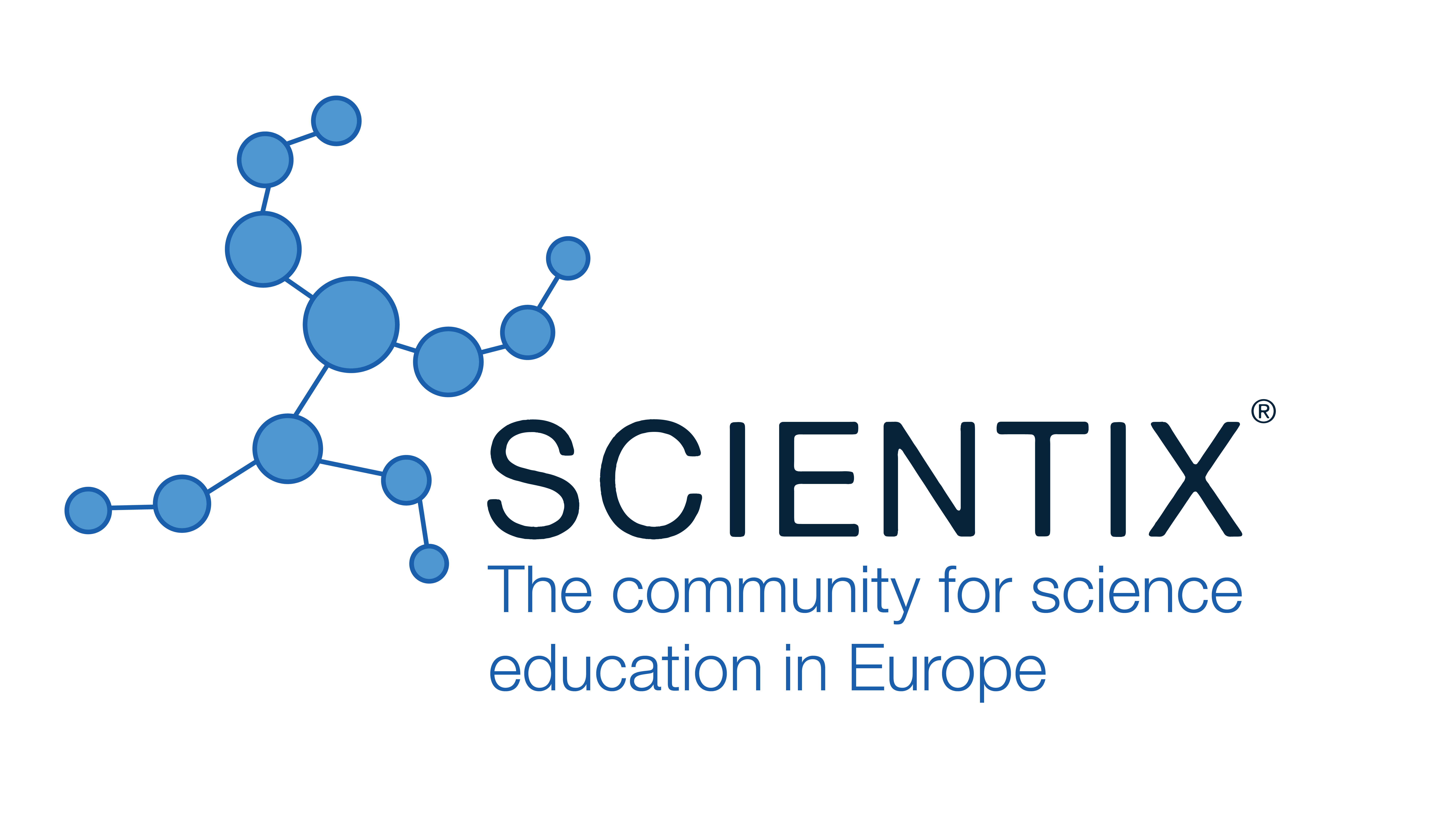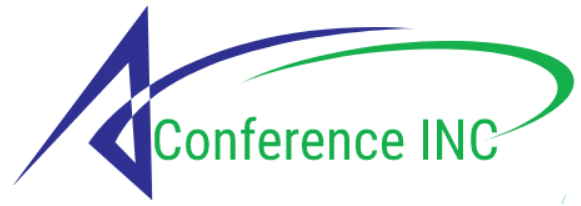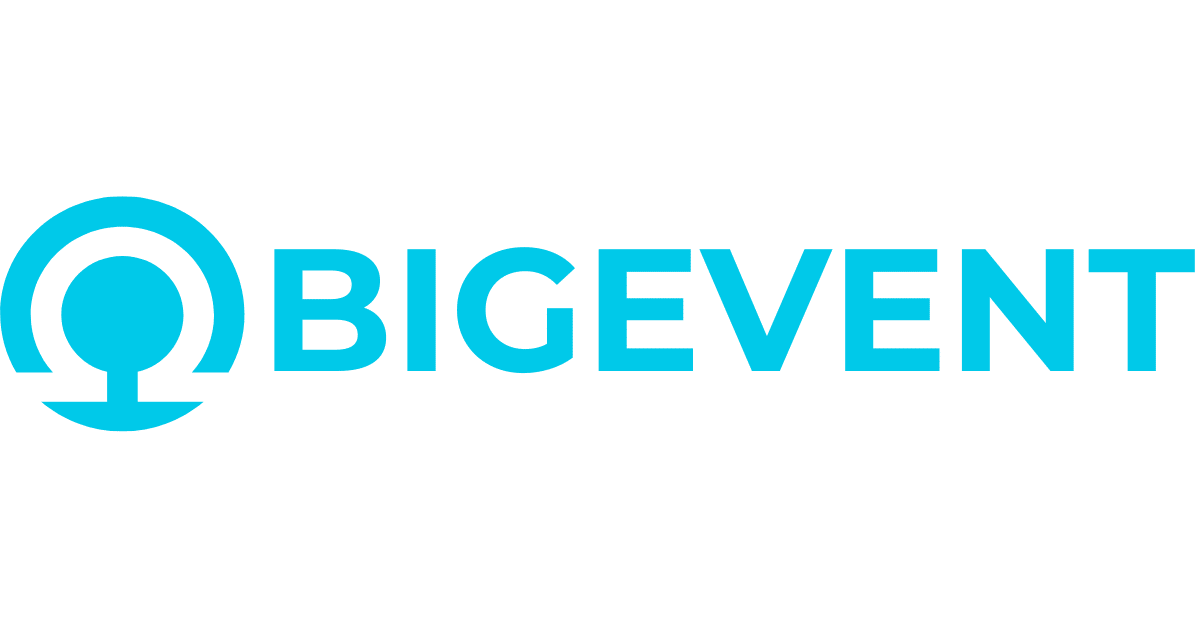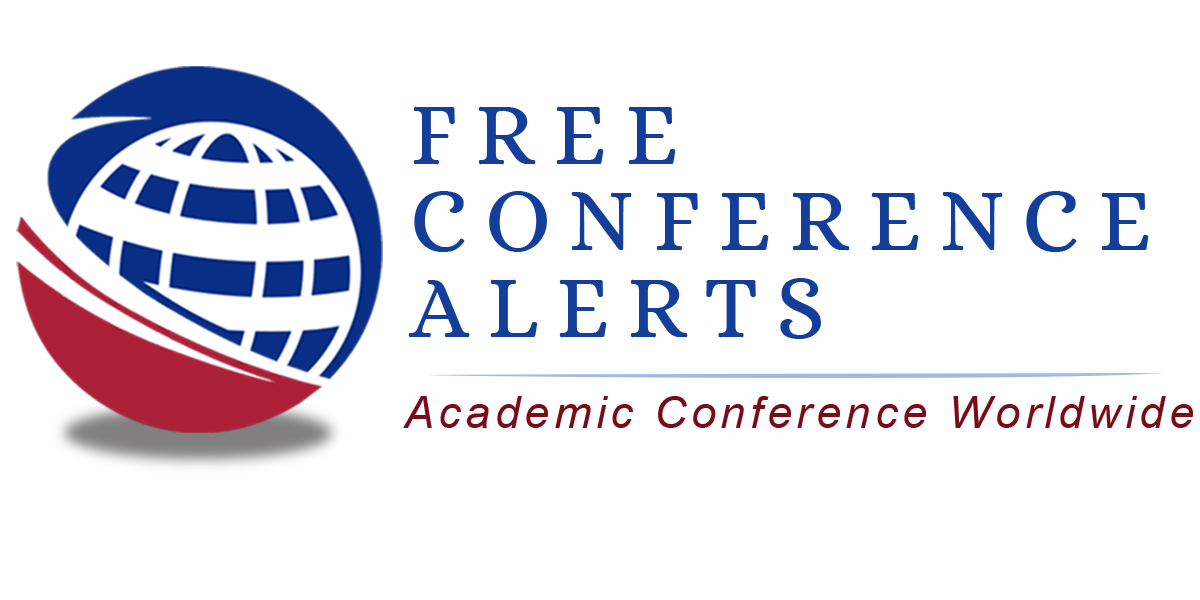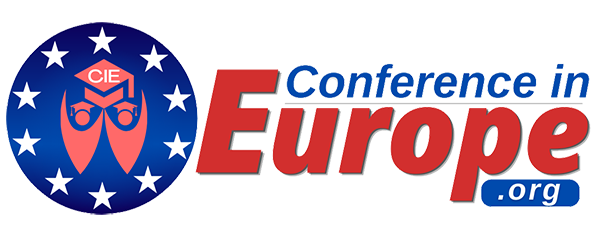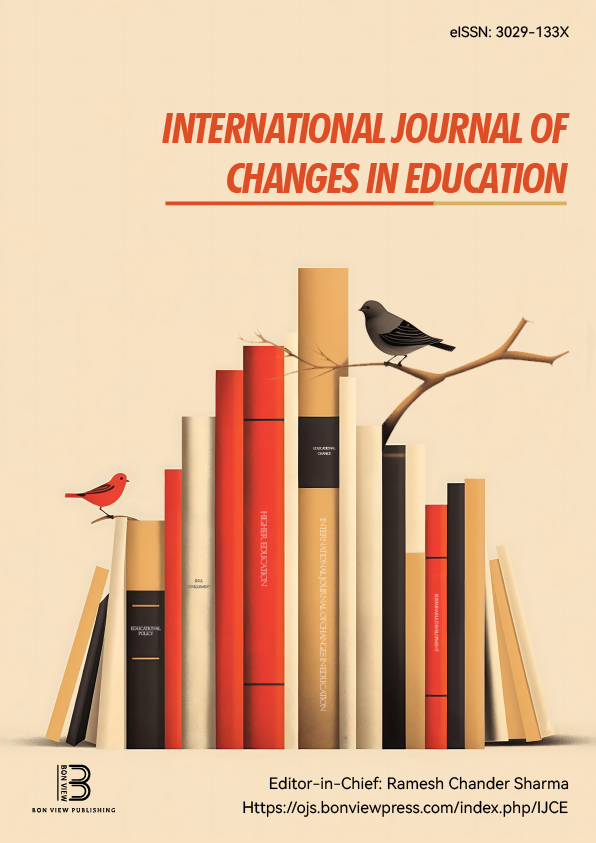Teaching Language through Critical Crimmigration Discourse: A Pedagogical Innovation
Evdokia Dimitriadou, Democritus University of Thrace (Greece)
Abstract
This paper proposes a pedagogical framework that integrates the discourse of crimmigration—the convergence of criminal law and immigration law—into the teaching of English as a Second or Foreign Language (ESL/EFL). Recognizing the increasing urgency of socio-legal awareness in language education, the framework introduces authentic materials derived from crimmigration case law, statutory texts, media narratives, and migrant testimonies into classroom instruction. The pedagogical approach is grounded in critical applied linguistics and transformative pedagogy, aiming to foster both linguistic proficiency and critical engagement with issues of migration, state power, and legal exclusion. Through the use of task-based learning, discourse analysis, and collaborative inquiry, learners develop specialized academic and legal English skills while also interrogating the broader implications of crimmigration regimes. This method is particularly relevant for students from migrant or refugee backgrounds, as well as for those studying law, social sciences, or human rights. In positioning the language classroom as a site of both education and empowerment, the framework challenges traditional notions of language neutrality and promotes a curriculum responsive to contemporary global challenges. The paper concludes by presenting practical classroom applications and reflecting on the ethical and political responsibilities of language educators in contexts shaped by mobility, securitization, and inequality.
|
Keywords |
Crimmigration, Critical Language Pedagogy, Content and Language Integrated Learning (CLIL), Transformative Education, Legal Discourse in ESL/EFL, Migration and Language Policy |
|
REFERENCES |
[1] Coyle, D., Hood, P., & Marsh, D. (2010). CLIL: Content and language integrated learning. Cambridge University Press. [2] Del Valle, S. (2003). Language rights and the law in the United States: Finding our voices. Multilingual Matters. [3] Freire, P. (2000). Pedagogy of the oppressed (30th anniversary ed., M. B. Ramos, Trans.). Continuum. (Original work published 1970) [4] Pennycook, A. (2001). Critical applied linguistics: A critical introduction. Lawrence Erlbaum Associates. [5] Rao, S. (2024). Linguistic dimensions of the crimmigration regime: Language ideological working conditions in US Immigration Court. Political and Legal Anthropology Review, 47(2), 191–208. https://doi.org/10.1111/plar.12574 [6] Reddick, C. (2024). How educators navigate language ideology and pedagogy in refugee education. International Journal of Bilingual Education and Bilingualism, 27(10), 1309–1323. https://doi.org/10.1080/13670050.2024.2318443 [7] Stumpf, J. (2006). The crimmigration crisis: Immigrants, crime, and sovereign power. American University Law Review, 56(2), 367–419. [8] van Berkel, L. (2020). Crimmigration and language: The role of linguistic barriers in legal outcomes for migrants. Journal of Language and Law, 7(1), 23–39. [9] Wright, W. E. (2015). Foundations for teaching English language learners: Research, theory, policy, and practice (2nd ed.). Caslon. |
 Innovation in Language Learning
Innovation in Language Learning
